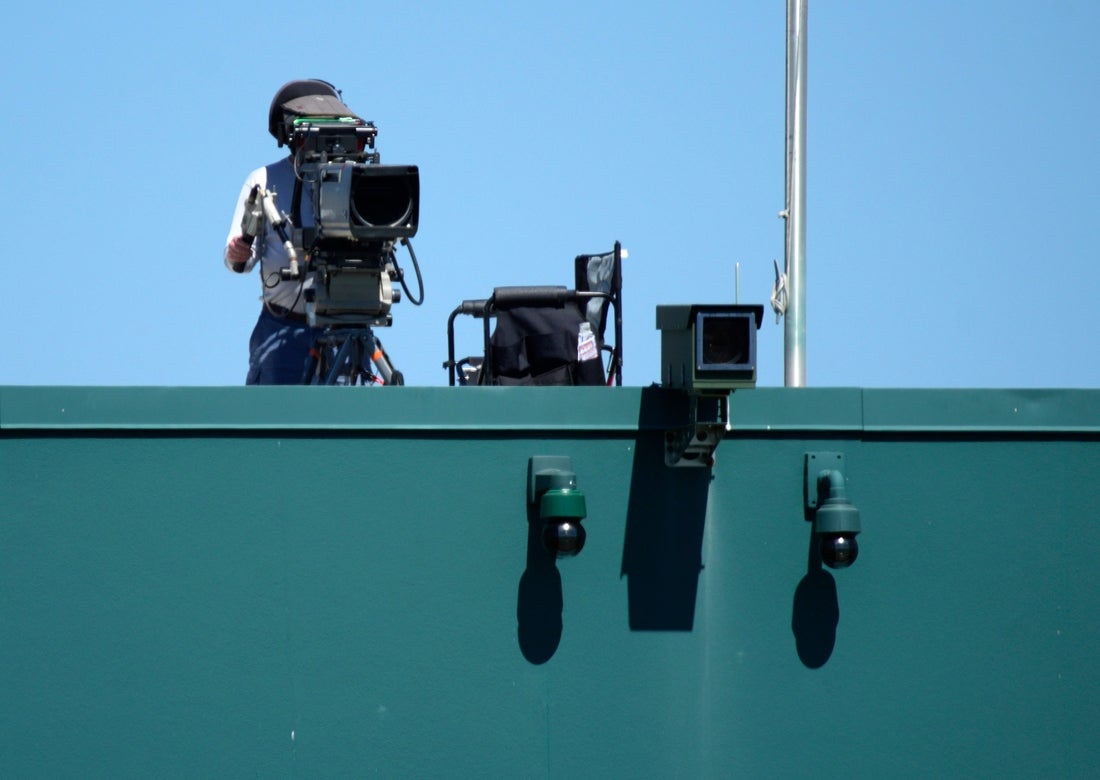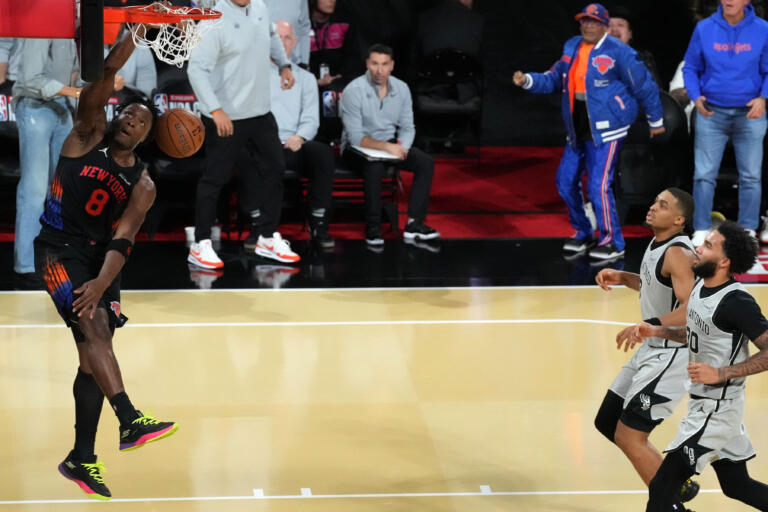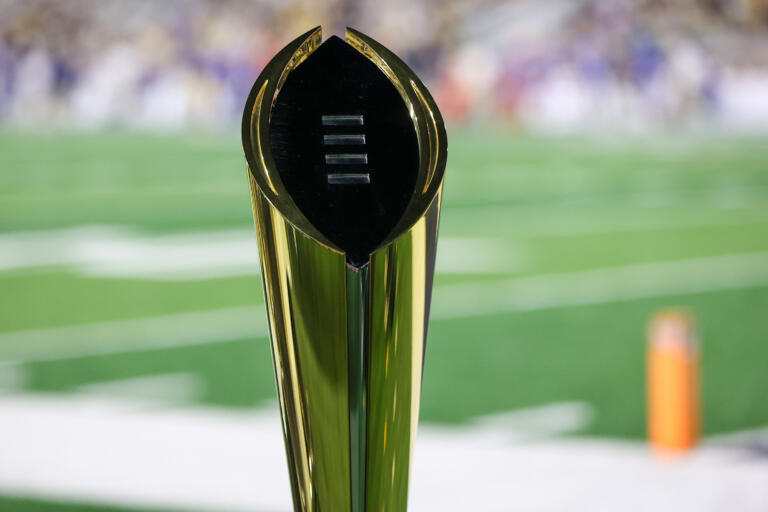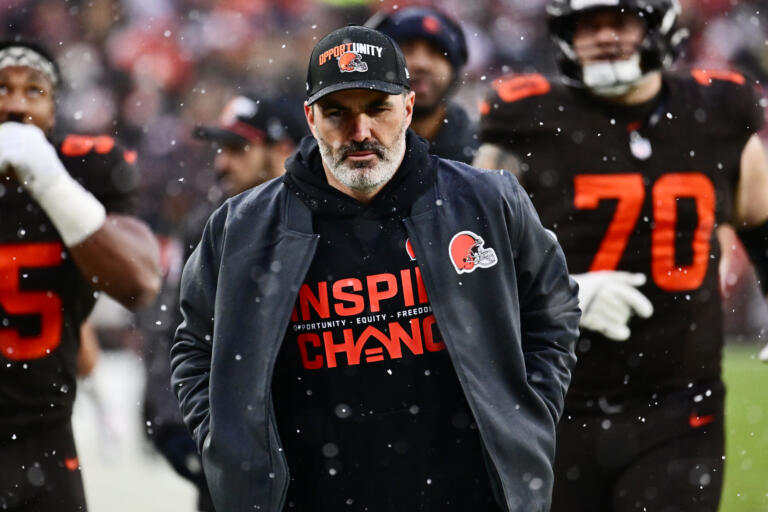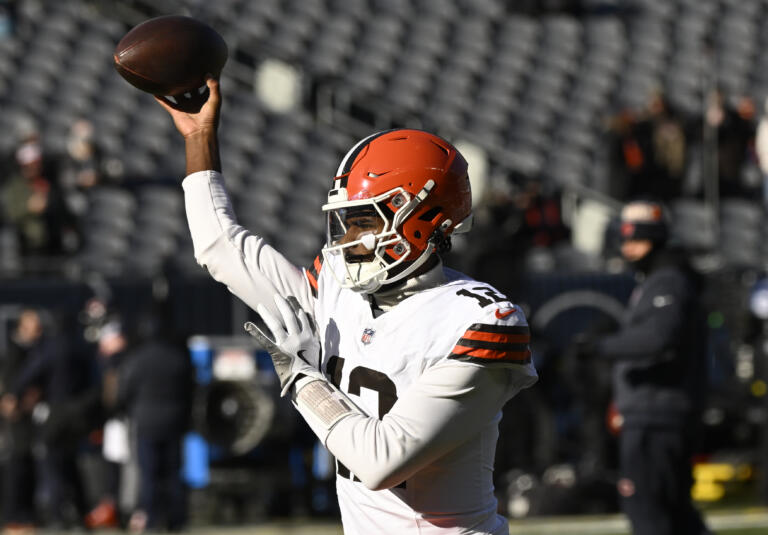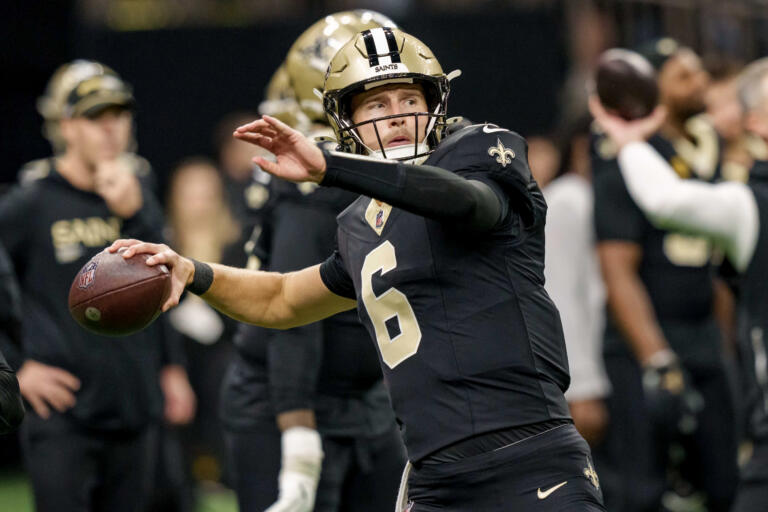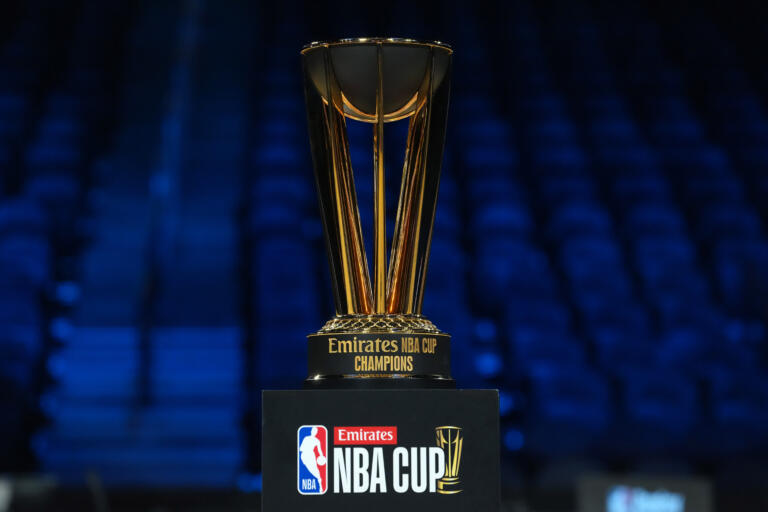This post was originally published on this site.
The particulars are pending a Tuesday vote from the MLB competition committee, an 11-person group that includes six team owners, four players and one umpire.
The system was tested in spring training and at the 2025 All-Star Game. The New York Post was first to report the actionable agenda for the committee on Tuesday.
MLB commissioner Rob Manfred previously said the challenge system had ownership support, but he was getting more feedback at midseason on “deploying it in a way that’s acceptable to the players.”
Already Manfred foreshadowed the system’s imminent arrival with an agreement with the umpire union that added provisions for ABS (automated balls and strikes) adoption.
The committee has the power to unilaterally implement rules changes. With a majority vote, the six team owners — all appointed by MLB — would be sufficient to pass the new ABS rules for next season.
Teams are more familiar with the system because it was in use for most minor league affiliates the past two years. Many teams used the system in spring training earlier this year.
Human umpires will remain behind the plate and call balls and strikes, as well as performing their usual roles. But teams will have two appeals of the judgment call of the human umpire. Teams are allowed to challenge another call if their appeal leads to overturning a call.
The move represents Manfred’s preferred middle ground between fully automating ball and strike calls and human umpires.
In December, the competition committee passed rules changes for the 2024 season: widening of the runner’s lane to include the dirt between the foul line and the infield grass; reducing the pitch clock allotment by two seconds with runners on base; reducing mound visits by one.
–Field Level Media


